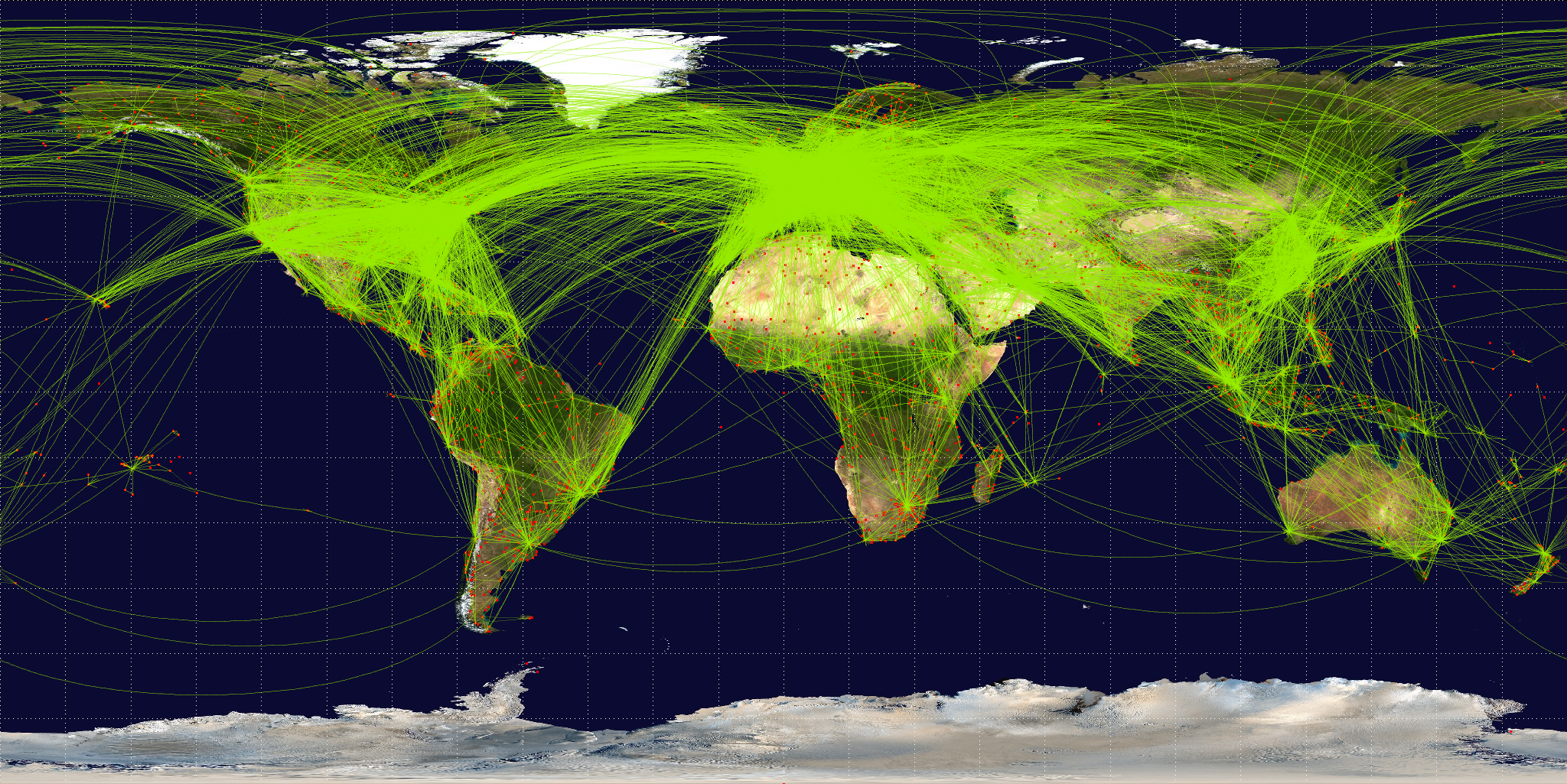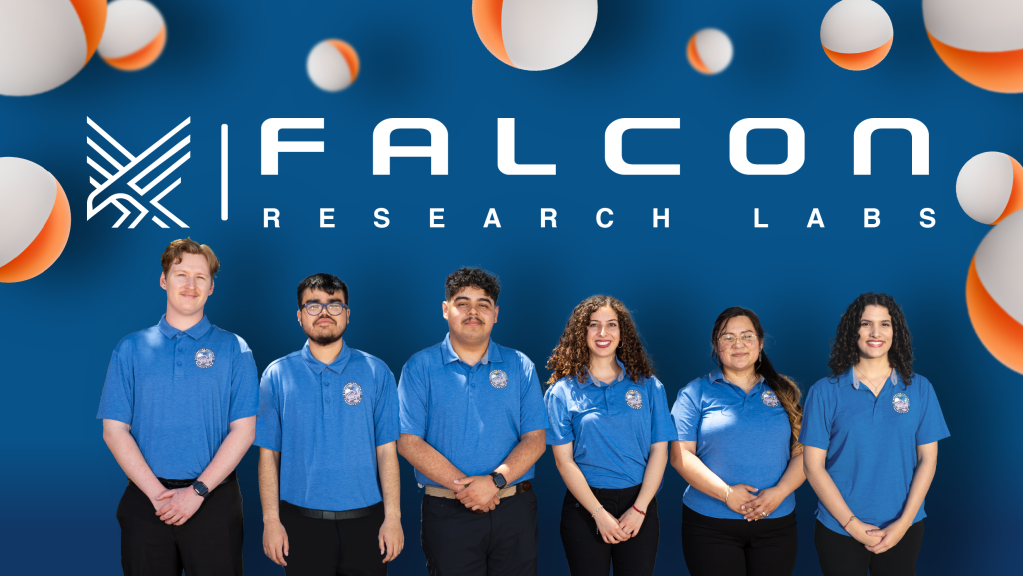

Under a new space-based tracking system, no plane would ever have to be off the grid, thanks in part to a reconfigurable radio developed for NASA.
NASA’s powerful radio communications network allows us to receive data such as pictures of cryovolcanoes on Pluto — or tweets from astronauts aboard the International Space Station. But to send larger quantities of data back and forth faster, NASA engineers wanted higher-frequency radios that can be reprogrammed from a distance using software updates.
“A reconfigurable radio lets engineers change how the radio works throughout the life of [any space mission],” explains Thomas Kacpura, Advanced Communications Program manager at NASA’s Glenn Research Center. “It can also be upgraded to work better with future missions or to enhance performance, just by adding new software.”
Flexible Solutions
In the past, Kacpura says, engineers were reluctant to build reconfigurable devices for space, because it’s harder to guarantee performance — after all, how do you test for functions you don’t even know you’ll be using?
However, NASA has recently been allotting more resources to reconfigurable devices, and the agency worked with Palm Bay, Florida-based Harris Corporation to design and develop a new reconfigurable, higher-bandwidth radio.
The radio has been put through its paces through exhaustive testing both on the ground and in space, and in 2013, it was honored with an R&D 100 Award as one of the year’s 100 most significant innovations.
The biggest selling point of the new device, which Harris sells as the AppSTAR, turned out to be its flexibility. With hardware and software both fully reconfigurable, the company could quickly and cheaply redesign the radio to fit any customer’s needs, explains Harris program manager Kevin Moran.
One of the biggest contracts so far is with Aireon LLC, a joint venture that will use the radios to create the first space-based global air traffic control system.
All the Planes, All the Time
For decades, airplanes have relied on radar surveillance via land-based radar stations. That’s left huge gaps — particularly over oceans — where air traffic controllers have no real-time information. To compensate, pilots file detailed flight plans and are required to remain within prescribed lanes at different altitudes so air traffic controllers can estimate where they are and work to ensure there are no mid-air collisions.
But that is all set to change when a constellation of 66 satellites, owned by Iridium Communications Inc., goes into orbit equipped with AppSTAR radios. The radios are programmed to receive signals from new airplane transceivers called ADS-B, which automatically send out a flight’s number, location, heading and other details.
“Within seconds you can keep track of all the aircraft in the world,” says Harris systems engineer Jeff Anderson. Aireon has already signed contracts with a number of air traffic control agencies to integrate the space-based system into their flight tracking when the system goes live in 2018. Nav Canada, a founding partner in Aireon, was one of the first.
With real-time global tracking, planes can fly with less space between them and take more direct routes. “It tremendously improves public safety and potentially saves a lot of fuel costs, because you no longer have to remain in the particular airline traffic lanes,” Anderson says.
And if something does go wrong, search and rescue teams will have detailed information on where the plane was last spotted through a free service called Aireon ALERT.
Using an extra card slot on the radio, Harris was also able to add global tracking for ships, which the company markets as exactAIS RealTime, powered by Harris with their partner exactEarth.
Because AppSTAR software can be reconfigured remotely, both the Aireon and exactAIS systems can be updated well after launch. And it all started with the same box, processor and power supply cards as the NASA radio.
To learn more about this NASA spinoff, read the original article from Spinoff 2017.
For more information on how NASA is bringing its technology down to Earth, visit http://technology.nasa.gov.
Naomi Seck
Goddard Space Flight Center



























